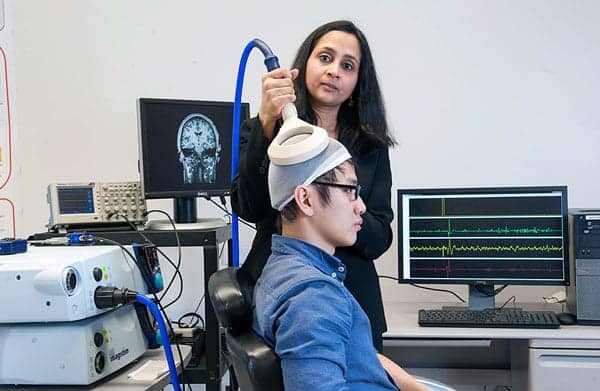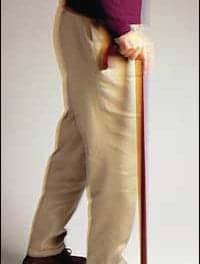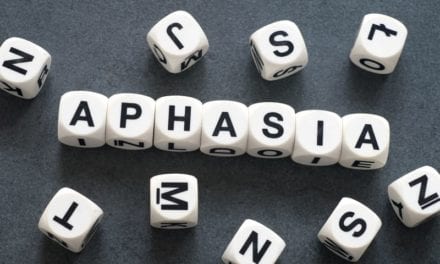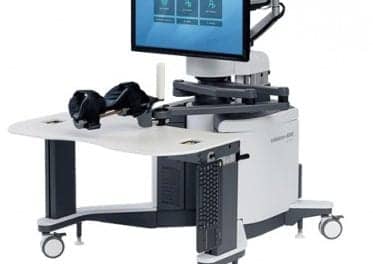Researcher Sangeetha Madhavan, PT, PhD, from the University of Illinois at Chicago (UIC) will reportedly investigate whether a blend of brain stimulation and gait training can help improve a patient’s ability to walk following stroke. The research, the university notes, is made possible thanks to a $1.5 million grant from the National Institute of Child Health and Development.
A news release from the university states that Madhavan, assistant professor of physical therapy, director of UIC’s Brain Plasticity Lab, and her coworkers assess how the brain changes in response to stroke and how to tap into the brain’s potential to help in a functional recovery. According to Madhavan, scientists often approach rehabilitation with a “bottom-up” approach, first training muscles and re-teaching walking, hoping the brain will then relearn how to control those functions.
The release designates Madhavan’s approach as “top-down,” dynamically stimulating the brain to make it more responsive to the therapy the patient will receive. During her research, Madhavan will use a technique known as transcranial direct current stimulation (tDCS), designed to pass a very low level of current through the motor area in the brain that controls the legs.
UIC states that the study will enroll patients aged 50 years and older who have had a stroke and who will receive gait training on a treadmill. The treatment group, researchers say, will receive tDCS prior to gait training. A combination of electrical stimulation and motor training of the ankle will then be administered. The control group, the release says, will receive only gait training three times a week for 4 weeks.
Researchers will evaluate the participants at the end of 4 weeks and again, 3 months later. The participants’ walking speed and other clinical and quality-of-life measures will also be evaluated.
Additionally, the researchers report that they will also investigate the physiological function of the cerebral cortex to confirm whether brain plasticity changed following training. To accomplish this, Madhavan notes they use noninvasive tools, such as transcranial magnetic stimulation, comparing the excitability of the affected and unaffected areas of the brain.
Post-stroke, Madhavan explains, an imbalance exists in cortical excitability, with areas of the brain where the lesion is being less active. “We predict that activity in these areas will increase after the brain stimulation-walking intervention, and that the balance in symmetry is restored. This balance in cortical excitability is necessary for functional recovery.”
Madhavan adds that as patients following stroke vary in their response to therapy, the transcranial magnetic stimulation technique offers “a way to understand why one individual changes differently from another.”
[Photo Credit: Roberta Dupuis-Devlin/UIC Photo Services]
[Source: UIC]





